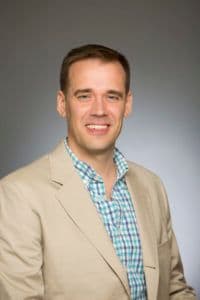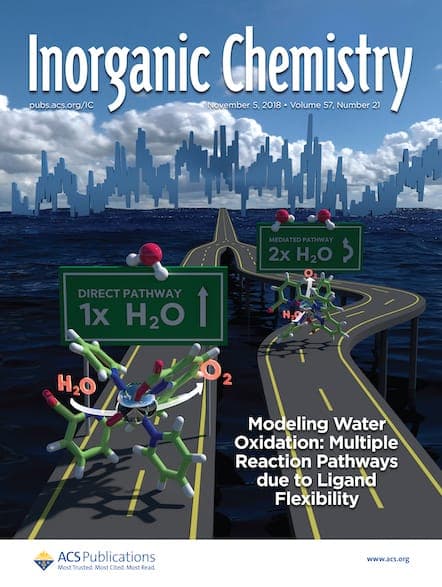Founded in 2013 by the ACS Division of Inorganic Chemistry and Inorganic Chemistry, the annual Inorganic Chemistry Lectureship Award recognizes individuals who have demonstrated creativity and impact in the field of inorganic chemistry. Meet the 2020 Inorganic Chemistry Lectureship Award Recipient This year’s recipient is Professor Eric J. Schelter from the University of Pennsylvania. Professor […]

Founded in 2013 by the ACS Division of Inorganic Chemistry and Inorganic Chemistry, the annual Inorganic Chemistry Lectureship Award recognizes individuals who have demonstrated creativity and impact in the field of inorganic chemistry.
Meet the 2020 Inorganic Chemistry Lectureship Award Recipient
This year’s recipient is Professor Eric J. Schelter from the University of Pennsylvania. Professor Schelter is receiving the award for the development of methodologies related to rare-earth element separations and elucidation of the electronic structures of f-block complexes. His research aims to address the problems associated with recycling heavy-duty batteries and electronics.
Learn more about Professor Eric J. Schelter’s work in this exclusive interview:
What does this award mean to you?

I am thrilled to receive this award! I’m very proud of my research group and all they have accomplished in the past 10 years. Inorganic Chemistry is also a special journal for me because it was the venue where I published work from my undergraduate research with Professor Rudy Luck at Michigan Tech. And I also published the first paper from my graduate work with Professor Kim Dunbar, TAMU, in the journal. These were major career milestones and really helped to set my course. IC is the cornerstone journal of the field so, it is a tremendous honor – especially considering the previous recipients!
What prompted your work in this area?
I was drawn into the fascinating area of synthetic f-element chemistry as a postdoc at Los Alamos National Lab, working with Drs. Jackie Kiplinger, Kevin John, and Joe Thompson. I came to realize (and maintain!) that it was a field with opportunities to explore both fundamental- and applied chemical problems. It is also a great community of researchers! Beginning at Penn in 2009 my group started working on rare earths and uranium chemistry, looking at fundamental problems in redox and electronic structure. The emergence of the rare earths supply crisis in 2009-2010 drew us into practical and environmental aspects of the materials supply chain for those elements and got us thinking about new and fundamental chemistries that contribute to separating and recycling rare earths and other critical metals.
What will you be working on next?
My group and I are excited to continue expanding fundamental f-element chemistry, and to apply it in new areas! In addition to growing f-element separations methodologies in new ways, we are also expanding our separations chemistry to d-block targets through efforts in the Center for Sustainable Separations of Metals, an NSF CCI. We recently started working on some new molecular materials chemistry to develop emergent quantum properties underpinned by f-electrons. We’re continuing to study the unique, exciting reactivity of f-element-ligand multiple bonds. And we’re also interested in modeling the active site of a recently-discovered, natural, rare earth metal-containing metalloenzyme. Finally, we’re expanding our exploration of the unique properties of cerium compounds as photosensitizers and applying them in catalytic transformations. There are so many exciting opportunities in f-element chemistry!
Access Professor Schelter’s articles published in Inorganic Chemistry
Stay Tuned!
Stay tuned for more details on the symposium and the 2021 Award nominations process by subscribing to journal updates and alerts.
